How design affected the world of food in 2014
One of our most-read food-related stories this year was when we broke the news of KFC’s radical new design direction.

The fast-food giant unveiled a new interiors look, developed by its creative design manager Jade Swaby, which it described as “informal and stylish”. Design details included a semi-open-plan kitchen and the KFC red used as an accent colour on features such as chair legs and graphics.
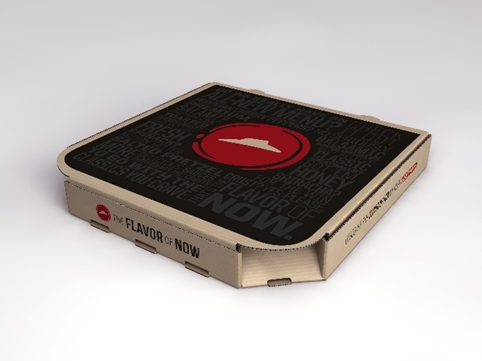
At around the same time, fellow fast food giant Pizza Hut launched a new identity, as it overhauled its menus and introduced “premium ingredients”.
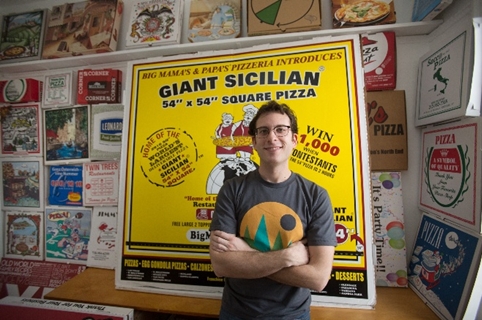
Pizza fans could compare the new Pizza Hut look against a selection of some of 750+ pizza boxes collection by Scott Wiener, which he brought to London in November for the Art of Pizza Box exhibition.
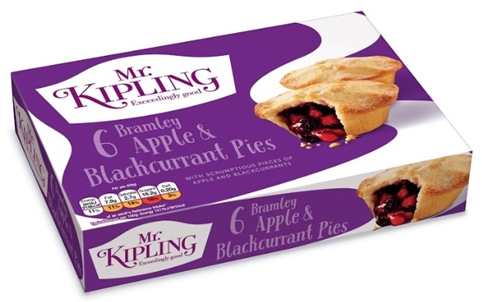
Meanwhile in fmcg-world, there were several big relaunches. FAB Design rebranded the Sainsbury’s Be Good to Yourself Range, Philadelphia rolled out a new look created by Dragon Rouge and McVitie’s, Jacob’s and Mr Kipling were all rebranded by JKR.
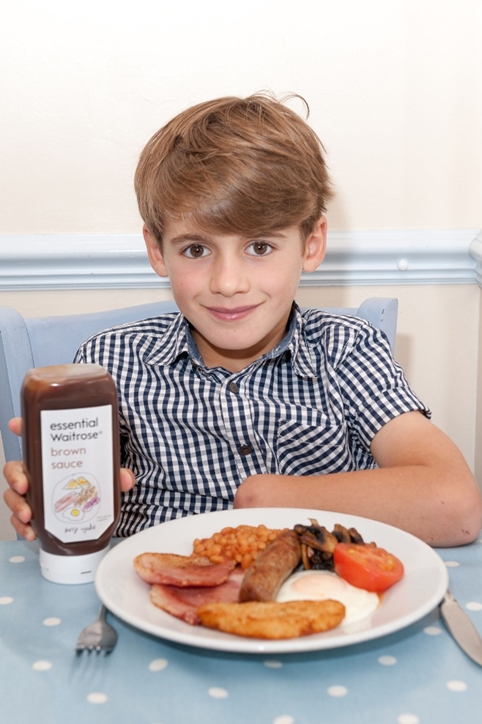
All these were put into the shade however, by seven-year-old Harry Deverill, whose redesign of the Waitrose brown sauce packaging was one of our most-popular (and most-commented) stories of 2014.
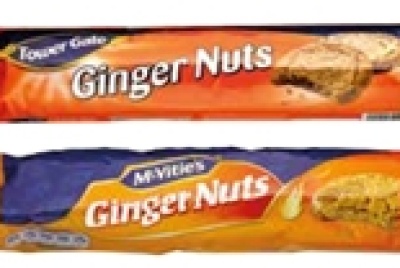
Source: Which?
Also sparking comment was the report by Which? that showed that consumers were frequently confused by own-brand packaging that appeared to ape big brands. Several egregious examples were pulled out, such as Lidl’s Tower Gate Ginger Nuts and Aldi’s Snackrite Thick Ridged Crisps.
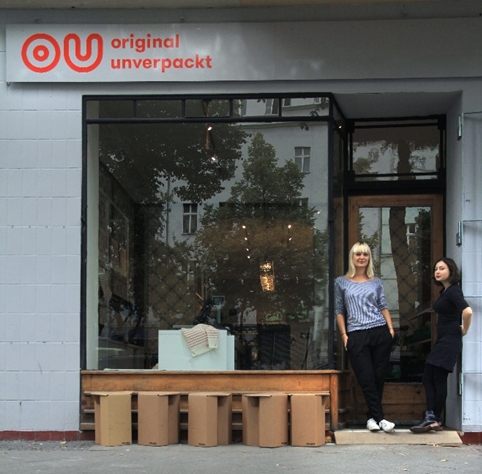
And for packaging refusiniks there’s always Berlin supermarket Original Unverpackt (Original Unpackaged), which features no packaging at all – instead all food and drink is kept in hoppers, jars, bins or bottles.

There were some interesting branding projects for smaller food companies too. We enjoyed Midday’s cave-painting look for “paleolithic food” brand The Primal Kitchen, and the Carpe Nux identity by Designers Anonymous. (Carpe Nux apparently translates as “seize the nuts”…)

For the design community, one of the biggest restaurant stories was the news that Russell Sage was redesigning the iconic Quaglino’s, formerly owned by Terence Conran and famous for its appearances in Absolutely Fabulous. Meanwhile the Ivy – another haunt of the upmarket designer – is getting its own all-day dining sister restaurant, designed by Martin Brudnizki, while Tom Dixon has created a luxurious looking sandwich bar for Harrods.
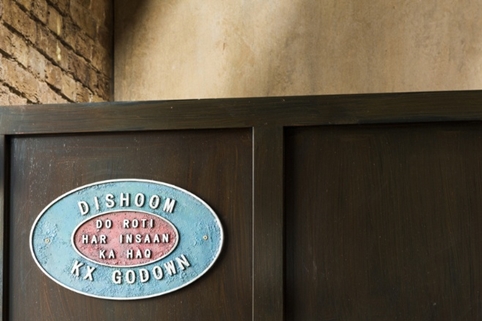
Aside from the big names, there were interesting restaurant launches for Beast, designed by Design LSM and apparently based on Norwegian fishermans’ huts, and the King’s Cross branch of Dishoom, which featured design work by &Smith and is based on a 1920s Indian railway shed…
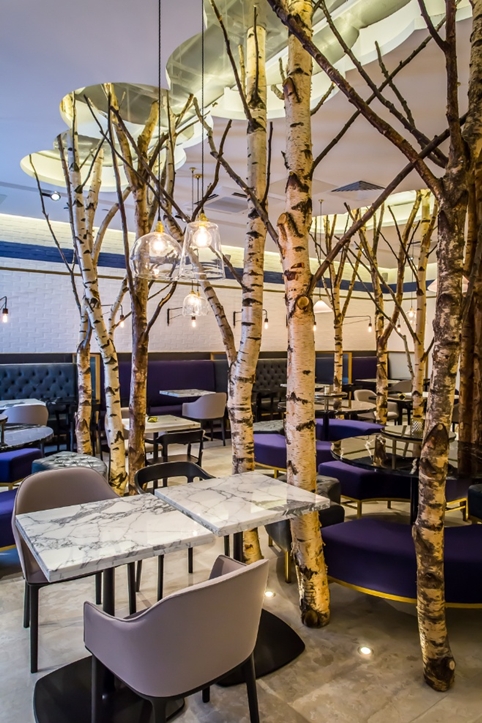
Meanwhile the new Ethos restaurant, by I-am Associates, features an interior with silver birch trees.
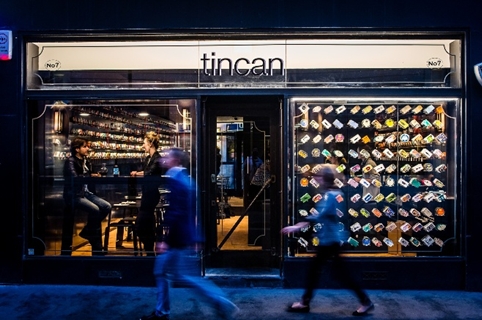
Source: AL_A
Nevertheless, none was quite as unusual as tinned seafood restautant Tincan, which opened in Soho. Design was by AL_A and the restaurant featured no kitchen, but apparently celebrates “the tin as the hero”.
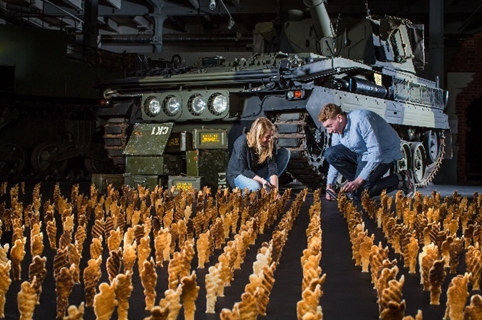
Among the other unusual food-related stories we enjoyed were the army of toast (or “Toast-A-Cutter Army”) created to raise money for charity Help for Heroes.
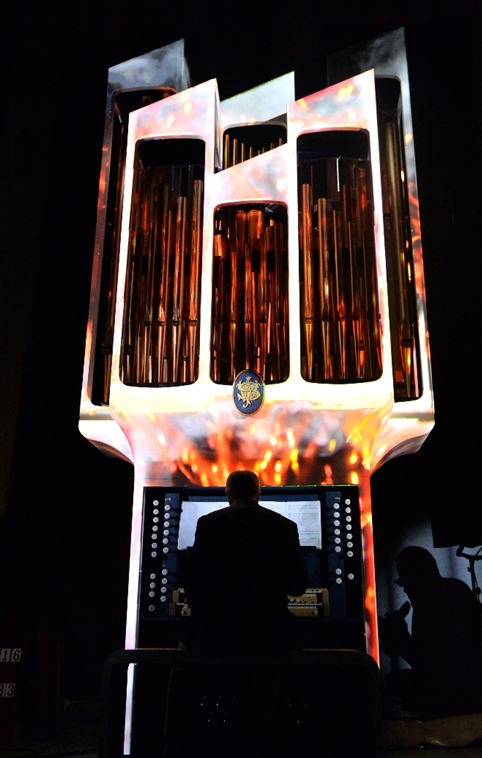
And it wouldn’t be a food-related round-up without some mention of jellymongers and architectural foodsmiths Bompas & Parr. This year the pair created a “flavour organ” for Johnnie Walker Blue Label, which can apparently change the way whisky tastes…
-
Post a comment




